Grok-2 is our frontier language model with state-of-the-art reasoning capabilities. This release includes two members of the Grok family: and mini. Both models are now being released to Grok users on the platform.


Has time travel ALWAYS been possible? Join us… and find out!Subscribe: https://wmojo.com/unveiled-subscribeIn this video, Unveiled takes a closer look at m…
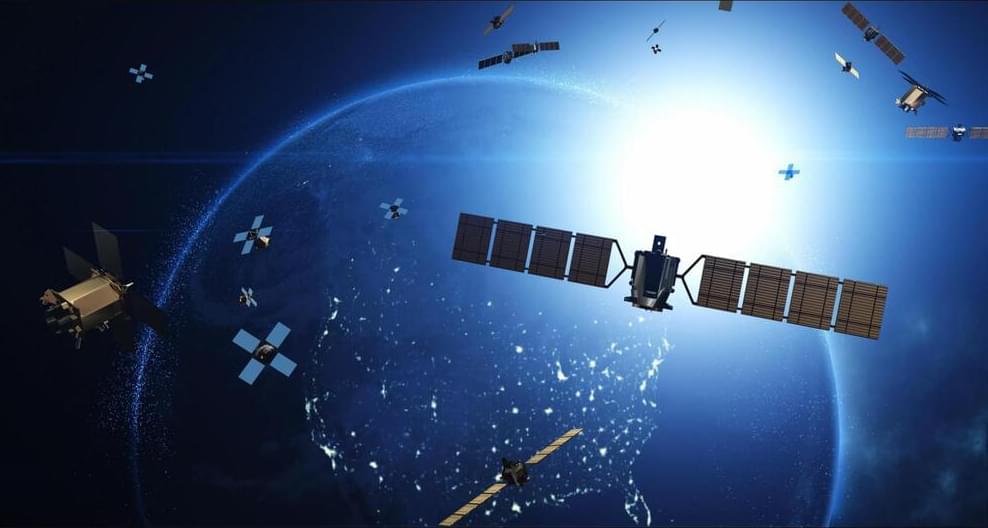
For the first time in human history, there are now 10,000 functioning satellites above our heads, whipping around the Earth at high speed. It’s a milestone that showcases decades of technical achievement but might also make it harder to sleep at night if you think about it for too long.
The count comes from the latest estimate by Jonathan McDowell, an astronomer at the Harvard-Smithsonian Center for Astrophysics and leading watcher of most things orbital. McDowell estimates there are 10,036 active satellites in orbit as of July 18.
Remarkably, this figure has roughly quadrupled over just the past half-decade, thanks almost entirely to Elon Musk, SpaceX and their massive Starlink constellation of broadband routers in low-earth orbit.
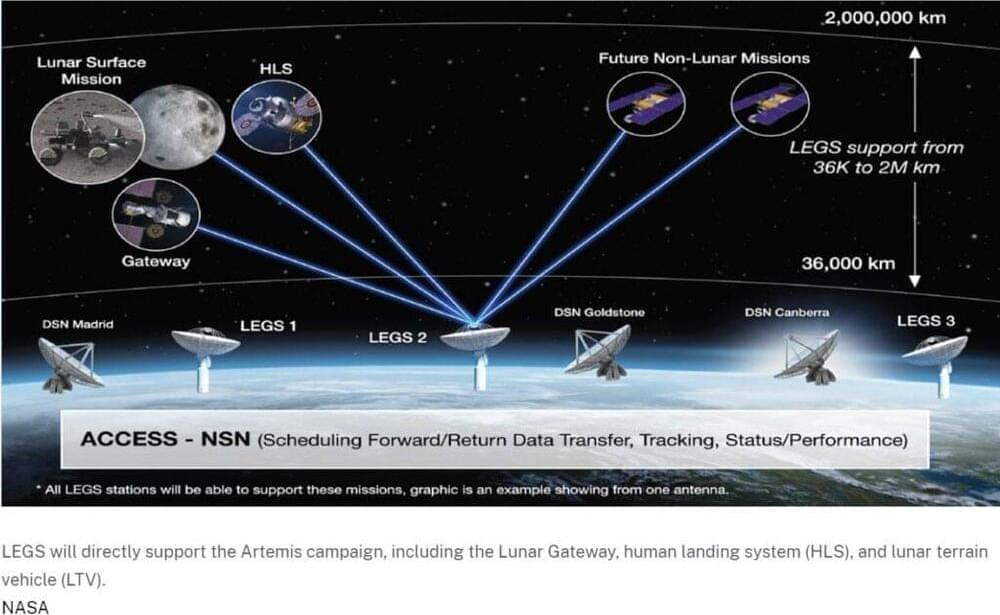
NASA’s LEGS can do more than help Earthlings move about the planet. Three Lunar Exploration Ground Sites, or LEGS, will enhance the Near Space Network’s communications services and support of NASA’s Artemis campaign.
NASA’s Space Communications and Navigation (SCaN) program maintains the agency’s two primary communications networks—the Deep Space Network and the Near Space Network, which enable satellites in space to send data back to Earth for investigation and discovery.
Using antennas around the globe, these networks capture signals from satellites, collecting data and enabling navigation engineers to track the mission. For the first Artemis mission, these networks worked in tandem to support the mission as it completed its 25-day journey around the moon. They will do the same for the upcoming Artemis II mission.
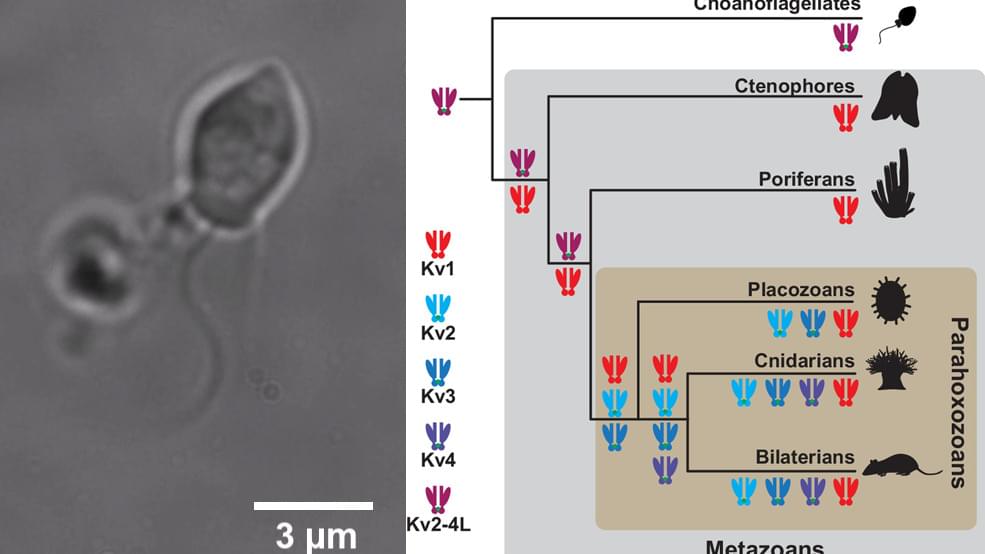
UNIVERSITY PARK, Pa. — A new study has rewritten the conventionally understood evolutionary history of certain proteins critical for electrical signaling in the nervous system. The study, led by Penn State researchers, shows that the well-studied family of proteins — potassium ion channels in the Shaker family — were present in microscopic single cell organisms well before the common ancestor of all animals. This suggests that, rather than evolving alongside the nervous system as previously thought, these ion channels were present before the origin of the nervous system.
The study appeared in the Proceedings of the National Academy of Sciences.
“We tend to think of evolution as a one-way march toward greater and greater complexity, but that often isn’t what occurs in the natural world,” said Timothy Jegla, associate professor of biology in the Penn State Eberly College of Science and leader of the research team. “For example, it was thought that as different kinds of animals evolved and the nervous system became more complex, ion channels arose and diversified to match that complexity. But our research suggests that this is not the case. We have previously shown that the oldest living animals, those with simple nerve nets, have the highest ion channel diversity. This new finding adds to growing evidence that many of the building blocks for the nervous system were already in place in our protozoan ancestors — before the nervous system even existed.”
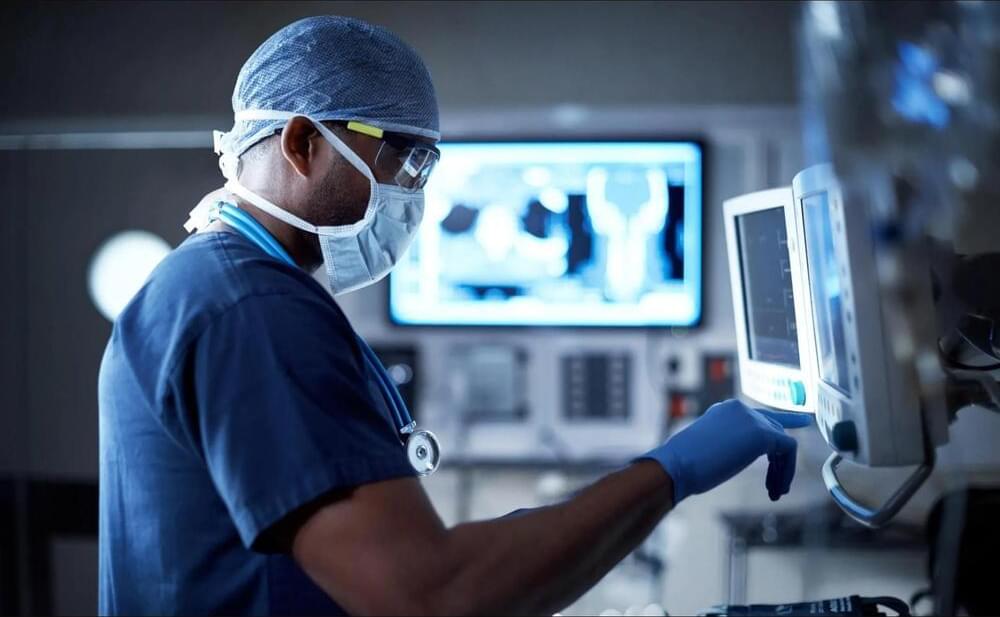
The uptake of artificial intelligence (AI), computer vision and machine learning has been high in some industries, such as retail (see AiFi and Standard AI) and automotive (see Waymo and Tesla), but we’re now starting to see it break into some of the most critical aspects of society.
The recent accelerations in healthcare are perhaps the best example of this. Over 90% of hospitals and healthcare systems now have an AI or automation strategy in place, up from 53% in 2019, and “the global market for surgical robotics and computer-assisted surgery is anticipated to grow from $6.1 billion in 2020 to $11.6 billion by 2025.”
AI is starting to become more than just a buzzword. At this very moment, we’re starting to see AI-enhanced advanced tooling augment human capabilities and reshape how surgical procedures are planned, executed and managed. With aging populations, rising costs, lack of medical staff and backlogs worse than ever (almost 8 million people in the U.K.), the demand for AI-driven efficiency and surgery precision is escalating like never before.
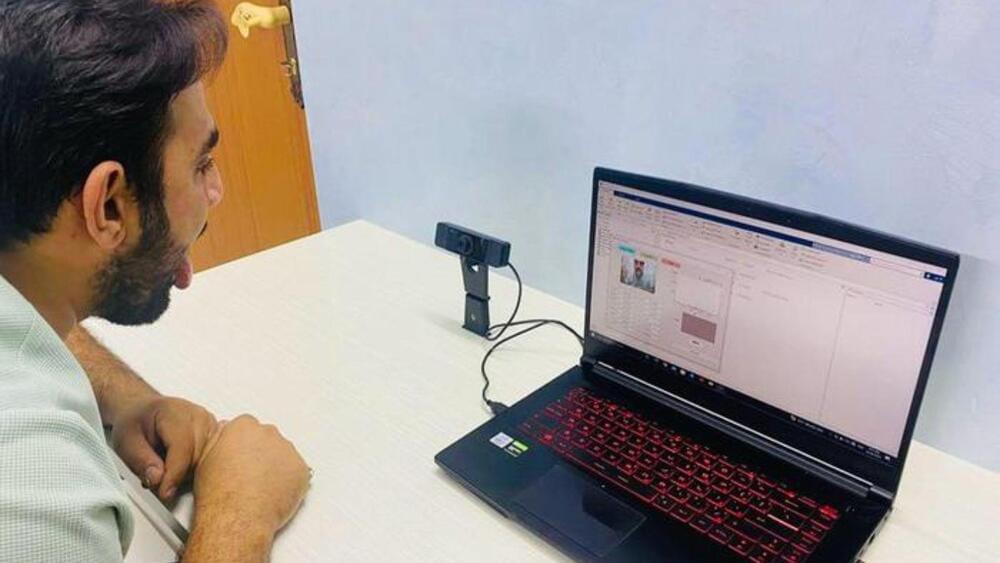
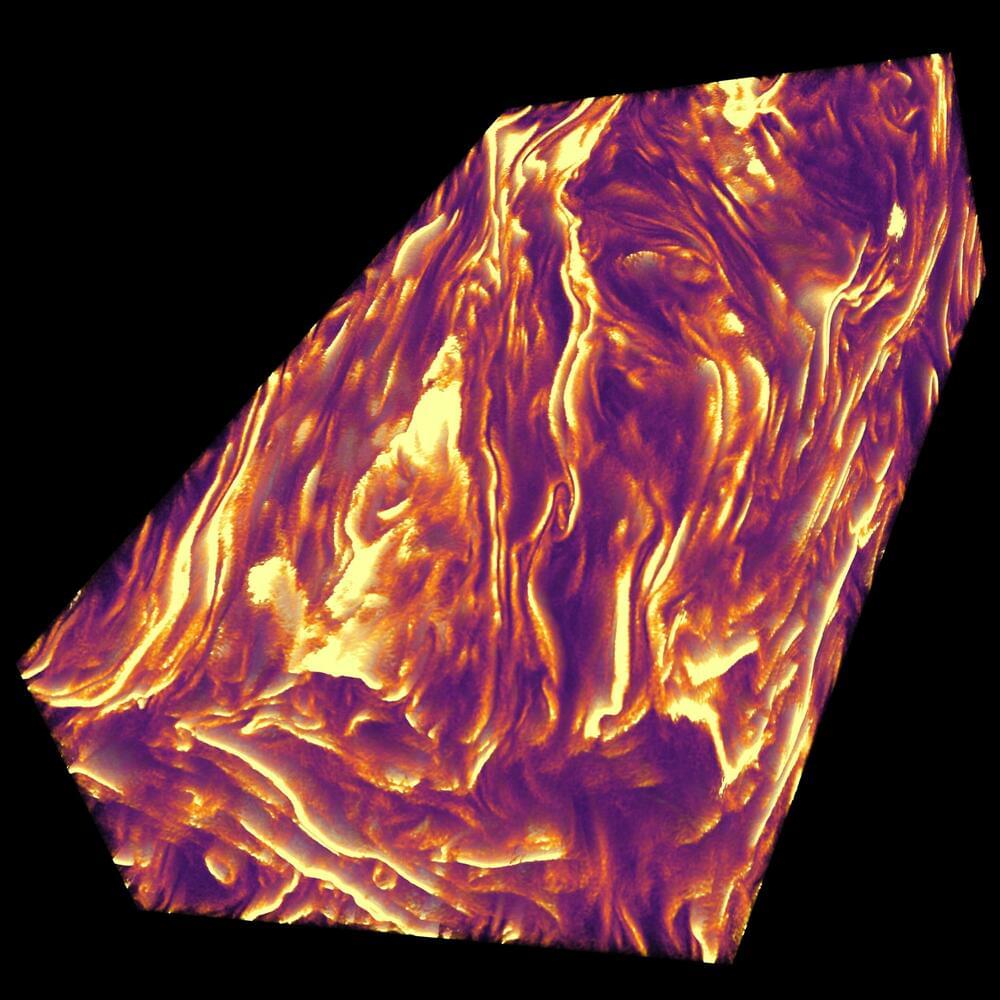
Researchers at the University of Colorado, Boulder; KU Leuven; the Flatiron Institute and the University of Wisconsin–Madison recently set out to answer a long-standing research question, specifically whether charged particles in the turbulent flows commonly surrounding black holes and other compact objects can be accelerated to very high energies.

Monitoring evolving DDoS trends is essential for anticipating threats and adapting defensive strategies. The comprehensive Gcore Radar Report for the first half of 2024 provides detailed insights into DDoS attack data, showcasing changes in attack patterns and the broader landscape of cyber threats. Here, we share a selection of findings from the full report.
Key Takeaways
The number of DDoS attacks in H1 2024 has increased by 46% compared to the same period last year, reaching 445K in Q2 2024. Compared to data for the previous six months (Q3–4 2023), it increased by 34%.
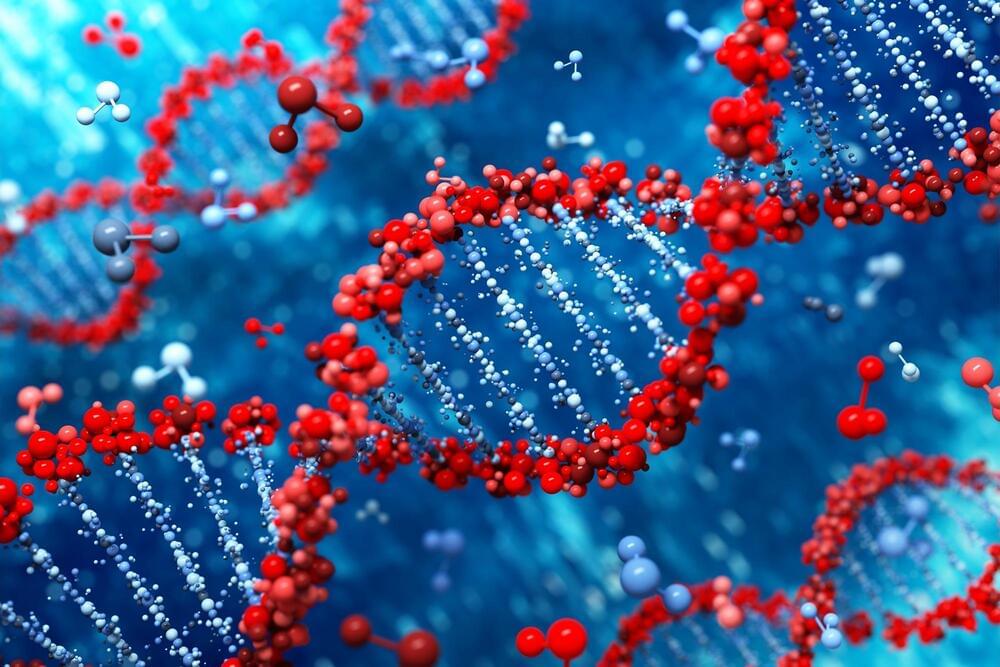
DNA, or deoxyribonucleic acid, is the molecular system responsible for carrying genetic information in living organisms, utilizing its two helical strands to transcribe and amplify this information. Scientists are highly interested in developing artificial molecular systems that can match or even exceed the functionality of DNA. Double-helical foldamers represent one such promising molecular system.
Helical foldamers are a class of artificial molecules that fold into well-defined helical structures like helices found in proteins and nucleic acids. They have garnered considerable attention as stimuli-responsive switchable molecules, tuneable chiral materials, and cooperative supramolecular systems due to their chiral and conformational switching properties.
Double-helical foldamers exhibit not only even stronger chiral properties but also unique properties, such as the transcription of chiral information from one chiral strand to another without chiral properties, enabling potential applications in higher-order structural control related to replication, like nucleic acids. However, the artificial control of the chiral switching properties of such artificial molecules remains challenging due to the difficulty in balancing the dynamic properties required for switching and stability. Although various helical molecules have been developed in the past, reversal of twist direction in double-helix molecules and supramolecules has rarely been reported.